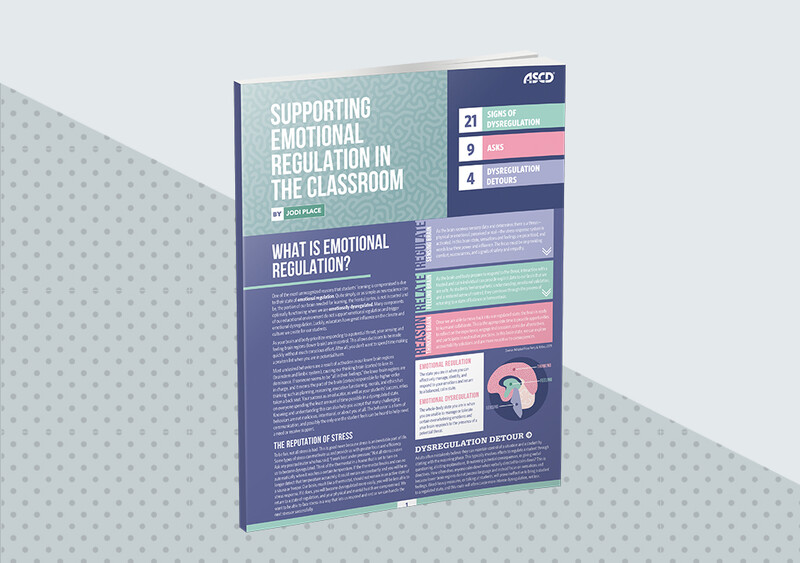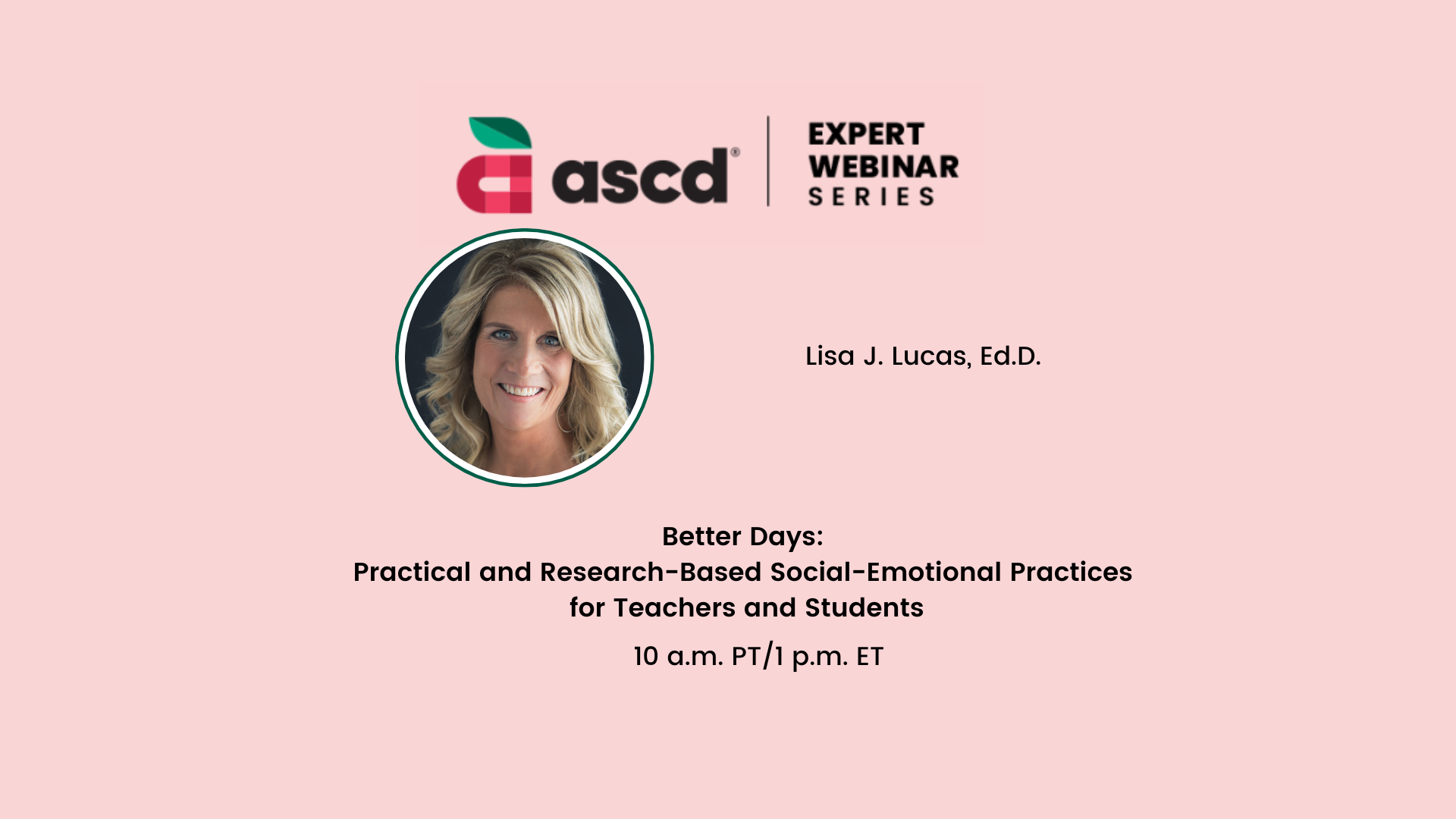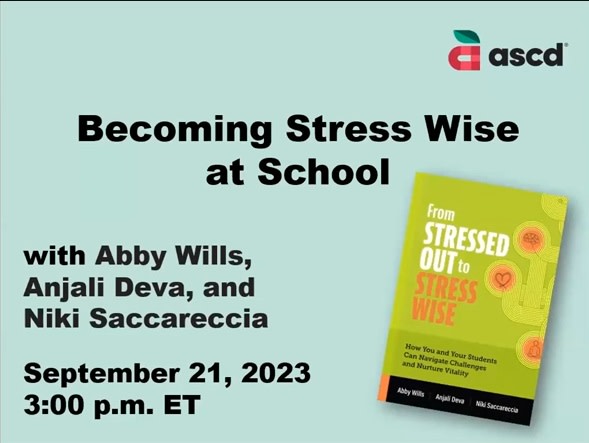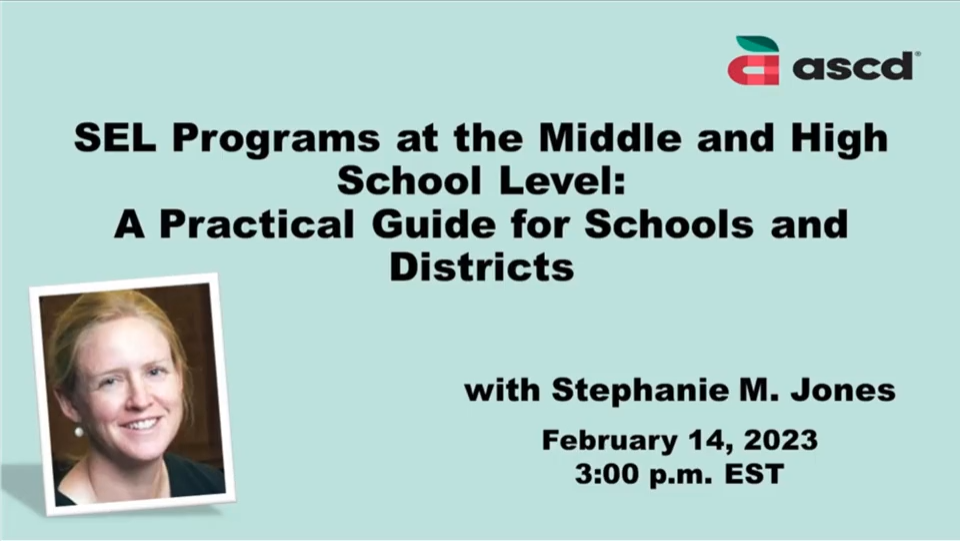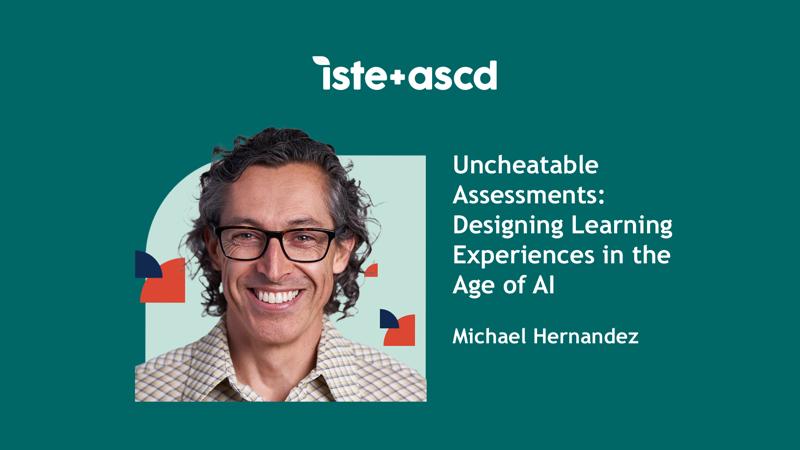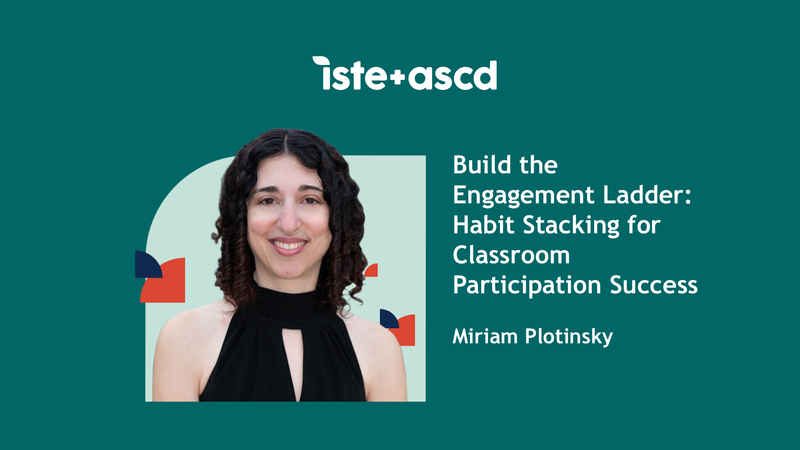Supporting Students to Build Emotional Regulation Pathways to Learning
In this Webinar
When students are in an emotionally dysregulated state—overwhelmed with big emotions—they are not in the ideal brain or body state for learning. In addition, remaining in a chronic state of dysregulation compromises their physical and mental well-being. As an educator, you may often witness your students using behavior to communicate this brain-and-body dysregulation.
Topics covered
Supporting Emotional Regulation in the Classroom (Quick Reference Guide)
One of the hidden keys to students’ success is emotional regulation, or their ability to effectively identify and respond to their emotions in a calm, balanced way. Many disruptive behaviors are the result of dysregulation—when students feel stressed, unheard, or unsafe—and they are not malicious or intentional. In this quick reference guide, Jodi Place uses brain science to explain how student behavior is a form of communication that teachers need to learn how to interpret and respond to in helpful ways.
